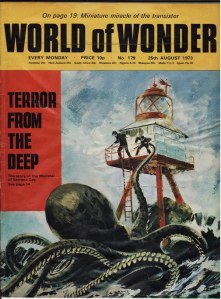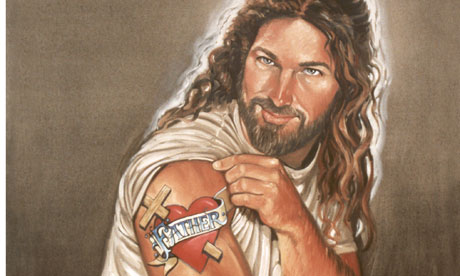Western trend or Eastern delicacy?
I suspect that most readers of this blog read The National newspaper, published in the UAE, as often as I do. The chances of me reading an intelligent, incisive article on Theology by an Anglican cleric in Abu Dhabi are somewhat limited. Once again, Twitter has burst my bubble, when a vicar in Baghdad drew it to my attention.
I have often said that theological debate can be a Western luxury. When people in the UK looked at pictures of wrecked post-tsunami churches with people still worshipping alongside the empty seats of the missing and discussed theodicy I felt offended. If the people in the picture could swallow the debate and worship God regardless, couldn’t we? Theological debate felt like a luxury we could afford and they could not. It can feel rather the same when we discuss the implications of famine for a theology of God over coffee and biscuits whilst Sudanese Christians carry on regardless. Whilst the question lingers, I suspect that my own reactions bear more than a little hidden anger in there somewhere!
Andy Thompson’s article in The National is lacking in anger or rancour of any kind, but is suffused with a genuine delight in the possibilities of theological debate in a multi-faith setting. Setting aside the pre-conception that many have of a repressive and intolerant religious environment in parts of the Arab world, he paints a different picture entirely. He says that ‘mature and gracious theology can create tolerant societies’ and describes the UAE authorities’ investment in theological think-tanks such as the Tabah foundation. Perhaps more surprisingly he goes on to say that ‘it is easier to be a Christian in the UAE than it is to be a Christian at home in the UK.’ If that has whetted your appetite for more, then I suggest you click the photo below to read the article in full. Whilst you are doing so, ask yourself how likely it is that such an article might appear on the front page of any daily newspaper you usually read!










